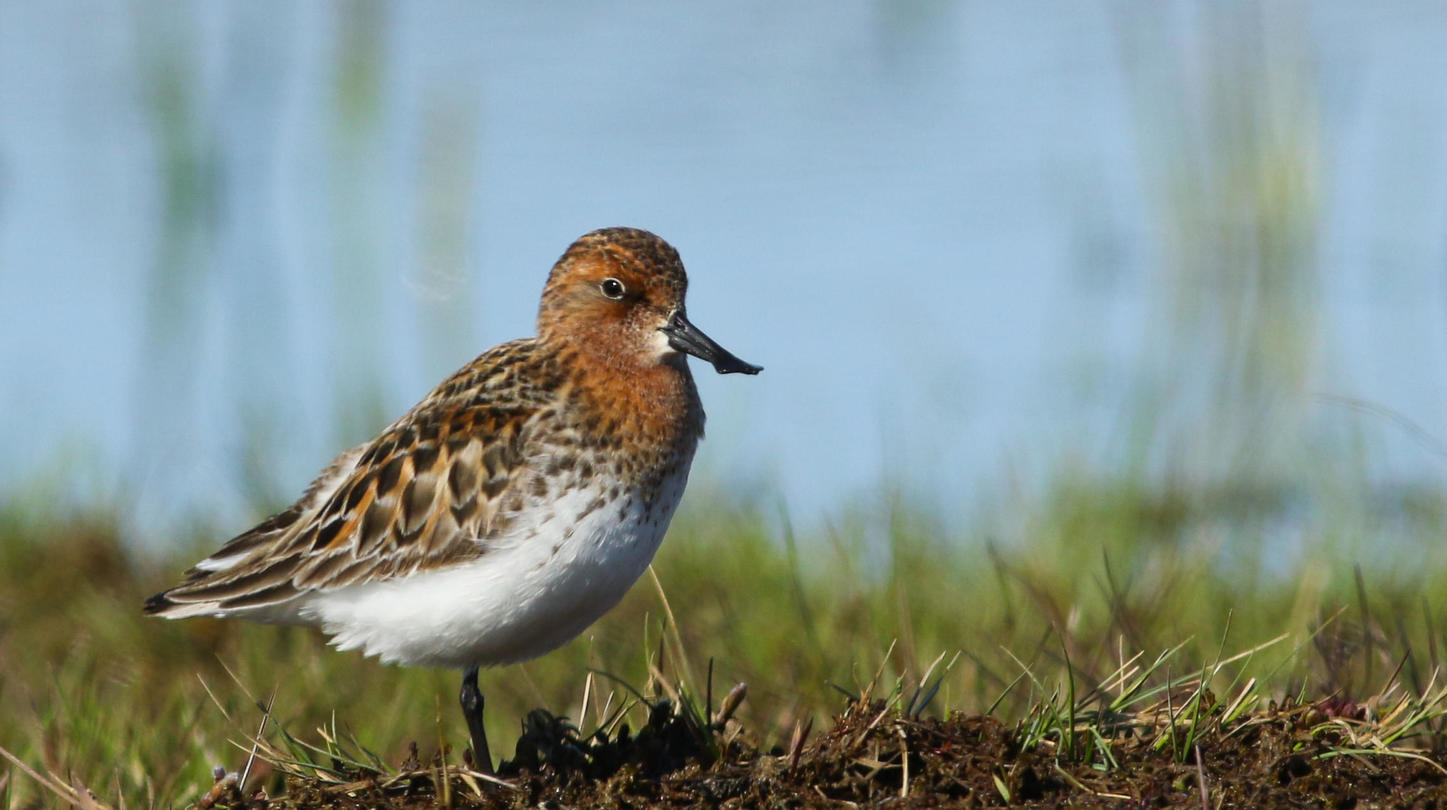New Study Shows a Lack of Evidence of Proper Conservation Efforts for World’s Most Threatened Species

Hundreds of thousands of species are under the threat of extinction and will disappear if substantial conservation efforts are not made. In the face of this biodiversity crisis, policymakers and government officials across the globe have expanded protected areas that harbor threatened species and taken other measures to reduce threats to their survival, but evidence from a new study shows that current conservation efforts may not be going far enough.
Using information from the International Union for Conservation of Nature (IUCN) Red List and other global databases, Durham and Princeton University studied 5,963 terrestrial species suffering from habitat loss, overexploitation in the wildlife trade, and competition or predation by invasive species that harm the environments where the imperiled species live.
The study revealed an alarming disparity between the conservation measures needed to protect these threatened species and the measures that are actually being taken. Disturbingly, the authors found that 58% of threatened species have either insufficient or no evidence of conservation attention. Specifically, only 9% of species suffering from habitat loss had minimally sufficient inclusion of their habitats in protected areas. Furthermore, only 24% of species suffering from invasive species such as rodents, fungal diseases, and cats are documented as having measures in place to control the non-native species that are harming them.
Lead author Rebecca Senior was quoted by Durham University about these distressing findings.
“Conservation can and does work, but only if we try,” explains Senior, an assistant professor in the Department of Biosciences at Durham University. She undertook much of this work as a former postdoctoral associate at Princeton’s C-PREE. “Our findings are so concerning because they highlight that we’re not really trying for most of the species at the greatest risk of extinction. If that carries on, there’s little to no hope that these threatened species will recover on their own. That means countries around the world would fail to meet their commitments to stem the tide of biodiversity loss, and that has huge ramifications for both people and the ecosystems on which we depend.”
The authors recognize that it can be difficult to determine whether a threatened species is not receiving any conservation attention or if efforts are just not being documented. However, two-thirds of threatened species whose condition has notably worsened in recent years were, in fact, the recipients of documented conservation attention, yet that attention has been insufficient to halt their slide toward extinction. This finding suggests that even where it is clear that efforts are being made to help threatened species, those efforts are often insufficient.
Conservation can and does prevent extinctions, but the study results indicate we are headed towards a catastrophic loss of biodiversity if governments fail to implement more and better conservation measures soon. Co-author David Wilcove emphasizes the urgent need for governments and environmental organizations to act.
“It is essential that they make a concerted effort to address these deficiencies in conservation attention before it’s too late,” says co-author David Wilcove, a professor of Ecology and Evolutionary Biology and Public Affairs and the High Meadows Environmental Institute at Princeton University. “We’re talking about a sinking ark where there aren’t enough lifeboats on board and the crew isn’t even sure where those lifeboats are located.”
The paper, “Global shortfalls in documented actions to conserve biodiversity,” was co-authored by Rebecca A. Senior (Princeton School of Public and International Affairs, Princeton University, and Department of Biosciences, Durham University), Ruby Bagwyn (Williams College), Danyan Leng (Department of Ecology and Evolutionary Biology and the Center for Biodiversity and Global Change, Yale University), Alexander K. Killion (Department of Ecology and Evolutionary Biology and the Center for Biodiversity and Global Change, Yale University), Walter Jetz (Department of Ecology and Evolutionary Biology, Center for Biodiversity and Global Change, and Map of Life, Yale University), and David Wilcove (Princeton School of Public and International Affairs and the Department of Ecology and Evolutionary Biology, Princeton University). The paper appeared in Nature on June 5th, 2024. Funding for this research was provided by the High Meadows Foundation. This work was partially supported by E.O. Wilson Biodiversity Foundation in furtherance of the Half-Earth Project.
This press release is based on the quotes and summarized research findings provided in “New study reveals shocking lack of conservation efforts for most threatened plants and animals,” published by Durham University. Quotes and similar language in this release are used with the permission of the original publisher/author.
